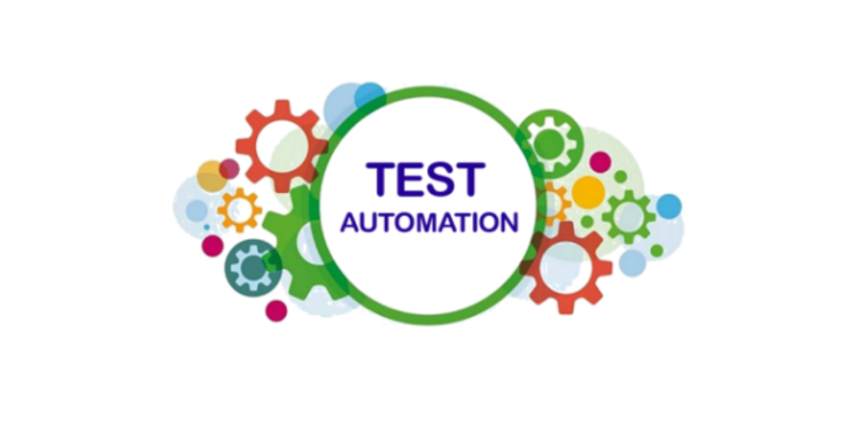Software development is a complex process where mistakes are inevitable. No matter how good a professional a developer is, they can make small mistakes that can lead to big problems later on. Testing can be of 2 main types – manual and automatic. Each has its advantages and disadvantages, but today we want to discuss automated testing, what it is, and how it works.
What is automated testing?
Testing is essential to provide a quality service to your users. It will allow you to identify the slightest flaws in the program code and eliminate them in time.
Automated testing involves using special tools, which allow you to conduct a deeper analysis of your code and check those aspects that are not available for manual tests.
Over the past 10 years, automated testing has taken a big step forward, and today it can reveal even the most minor bugs that do not bring problems today, but later this can lead to problems in the scaling process.
In the classic version, developers consider creating code and testing as separate stages of software development. Still, thanks to automated tests, running tests in parallel with writing code makes it possible to identify errors as they occur and before they have time to lead to more critical new problems. Companies providing automated tests such as https://testfort.com can deliver their best experts for any of your projects and will accompany your project to the very end.
Manual and automated tests: What is the difference?

There is a big difference between automation and manual testing. Manual tests involve reading the program code of a person, and automatic tests – are by special programs.
Since humans perform manual tests, they cannot cover the entire program code. Performing constantly monotonous work, a person can make many mistakes and not notice apparent errors. However, it is also impossible to completely abandon manual testing. At the moment, automated tests cannot fully simulate human behavior and assess the quality of the interface and navigation.
Automated tests are universal and can evaluate functionality, vulnerability, security level, performance, cross-platform, and many other aspects. Automatic tests take much less time because programs do all the work, and you can run several tests simultaneously.
In essence, manual tests are more suitable for testing the user interface and experience. In contrast, automated tests are more suitable for deep analysis of the code and technical characteristics of the software.
Ideally, to create software, you need to use both types of testing, which will allow you to create a high-quality project that will please users, perform the necessary functions, have high performance and an excellent level of protection (this is especially important for projects that use payment systems and store personal data of users).
How does automated QA testing work?
Automated testing is usually used in parallel with software development cycles and has several main stages:
Determine the scale
First, you must determine the scope of work, considering the software’s features, staff experience, budget, and other aspects.
Select tools
As we have already said, automated testing involves various tools. Their choice depends on the programming environment, coding tools, financial capabilities, and other aspects.
Develop a strategy

Your testing will be most effective if you think through all aspects in advance. You need to develop a testing strategy, which will describe the goals and objectives, the deadlines for their implementation, what tools will be used, and much more. If you have a large project, you need to involve several specialists in testing, each of which should understand their responsibilities.
Set the environment
You must create the right testing environment and maximize coverage in multiple scenarios. A team of specialists will plan and monitor environment setup activities, such as installing software and hardware and developing test cases.
Write a script
Although the tools do all the work, the tester must write the script that the devices will run. Scripts should be reusable, structured, and easy to understand by a third party.
Run tests
When the preparatory stage is over, you can proceed directly to testing. You can run several types of tests at the same time, which saves a lot of time.
Analysis of the obtained results
After the tools have finished testing, they will automatically generate a report. You need to analyze and systematize this and make recommendations for elimination.
Advantages of automated tests
This type of testing has a large number of advantages, among the most important are:
- Deep code coverage;
- High speed;
- No errors due to human factors;
- It is possible to identify the mistakes that are not available for manual tests;
- It can be performed at all stages of code creation.
Automated testing allows companies to identify the slightest bugs in their program code and fix them quickly. Thus, thanks to this testing, they can create high-quality, competitive software that will perform the necessary functions and bring them a stable income.














